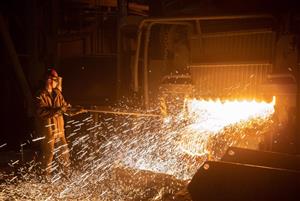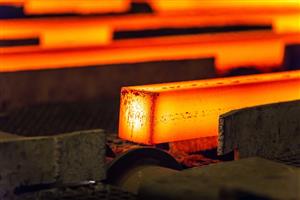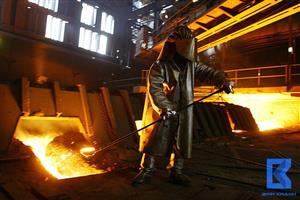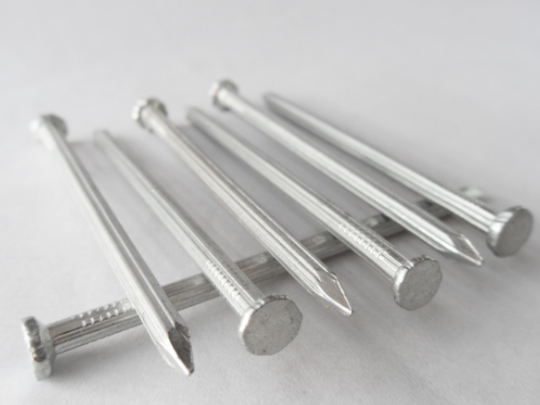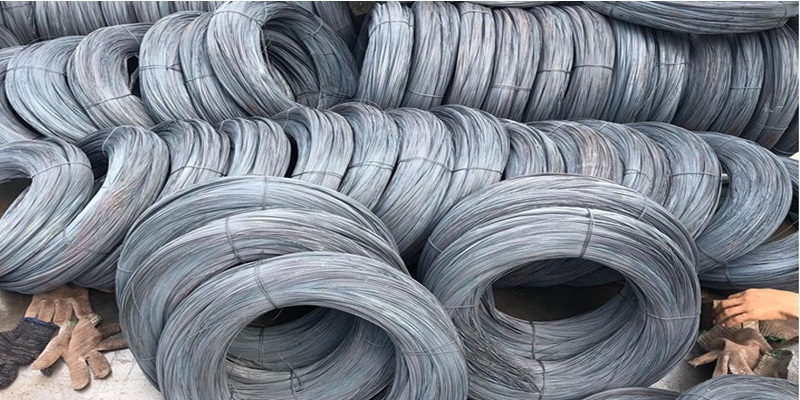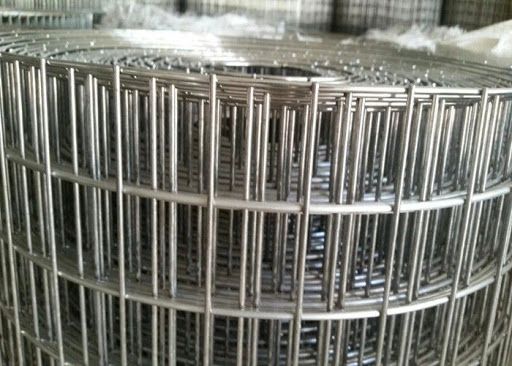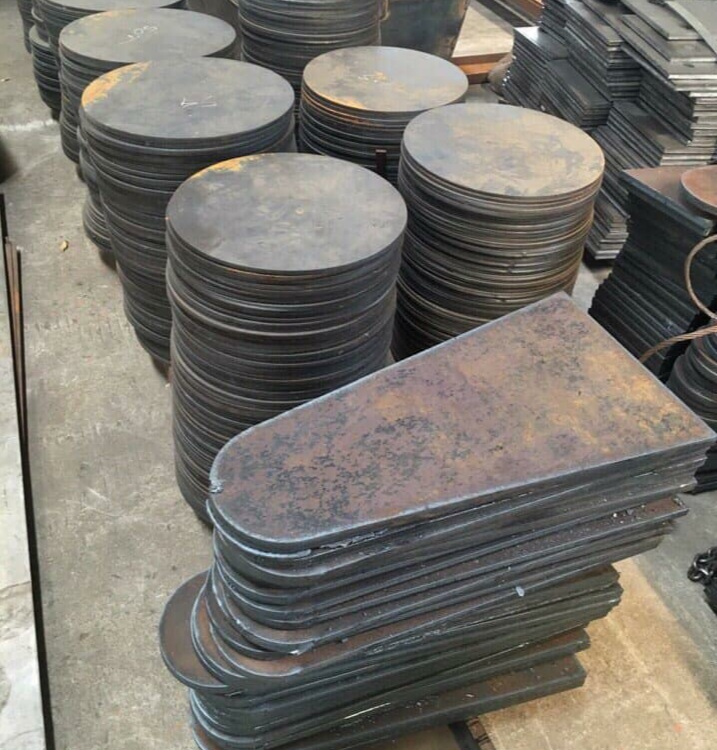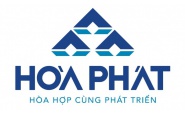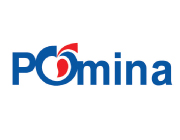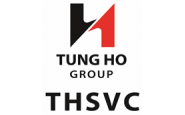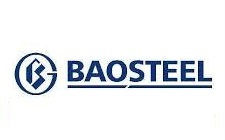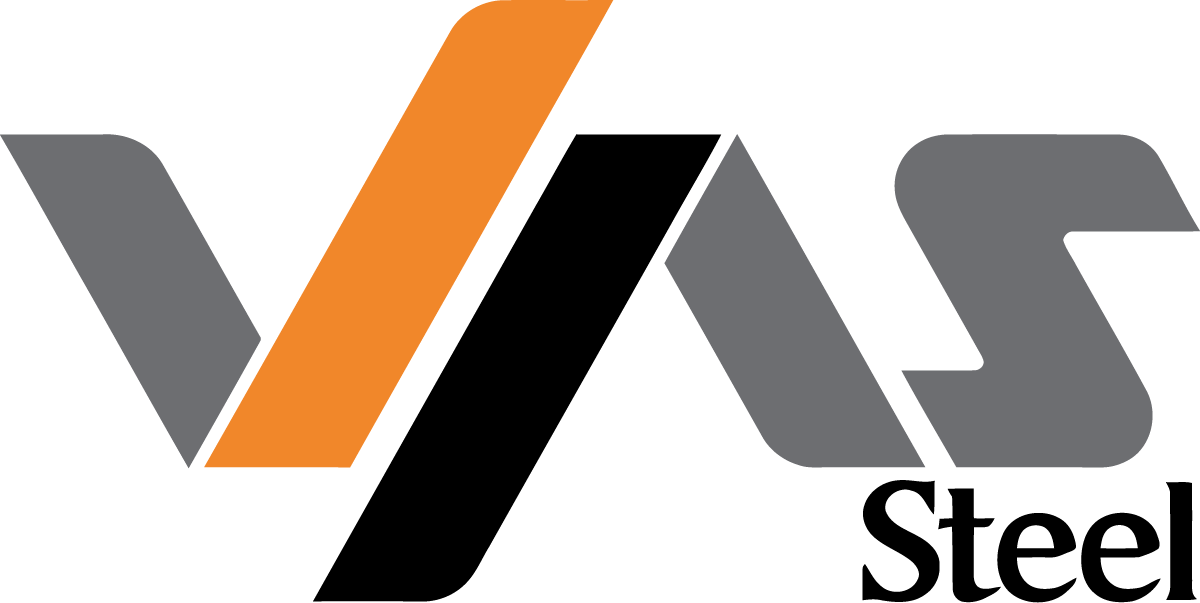At the same time, analysts are concerned that a prolonged oversupply situation will hinder the "greening" process of the industry.
According to Reuters, the global steel industry accounts for about 8% of total carbon dioxide (CO2) emissions. Among them, China accounts for half.
China has pledged to take action to address emissions from the steel industry. However, the implementation of this commitment seems to be behind schedule, especially the process of converting from blast furnaces to electric arc furnaces (EAF). The EAF furnace uses scrap steel as input material, instead of iron ore and the heating process mainly uses electricity, instead of coal, which helps reduce emissions.
China aims to produce 15% of crude steel using EAF furnaces by 2025 and increase the proportion to 20% by the end of the decade.
However, according to David Cachot, research director of consulting firm Wood Mackenzie, the proportion of steel using EAF furnace technology was only 10% last year, up slightly from 9.7% a year ago. there.
China's current EAF capacity of about 150 million tons would be enough to meet the 15% target, but actual capacity utilization remains low, says US research organization Global Energy Monitor (GEM).
GEM said that although China's 15% target is not considered too high, this would still help cut emissions from China's steel industry by 8.7%. In particular, the amount of CO2 emitted during the production process per ton is about 38% lower than that of conventional blast furnace products.
However, Ms. Jessie Zhi, an expert at GEM, said limited scrap supply, reduced steel demand and limited electricity supply have affected the profits of factories using EAF furnaces. In addition, the target was also hindered by the construction of new blast furnaces.
Currently, most of China's scrap steel supply is used by traditional blast furnaces. Some EAF facilities have been forced to switch to using cast iron as a raw material, making the production process more carbon-intensive.
Increasing scrap supply or switching to direct reduced iron or sponge iron (DRI) as an alternative feedstock will be critical to EAF's success in China.
DRI is a cleaner method of turning iron ore into iron, which can then be processed into pellets for use in the EAF.
“DRI cuts emissions by about 70-80% but that depends on whether plants have enough iron ore pellets,” said Chris Bataille, a decarbonization expert at Columbia University. Currently, supply is limited."
Mr. Bataille said China could produce three-quarters of its total steel through the EAF by 2050, once it has built the necessary infrastructure and adequate raw material supplies.
“The immediate issue for them is what they will do with their excess steel capacity,” he said.
Vietnambiz
 English
English  Vietnamese
Vietnamese



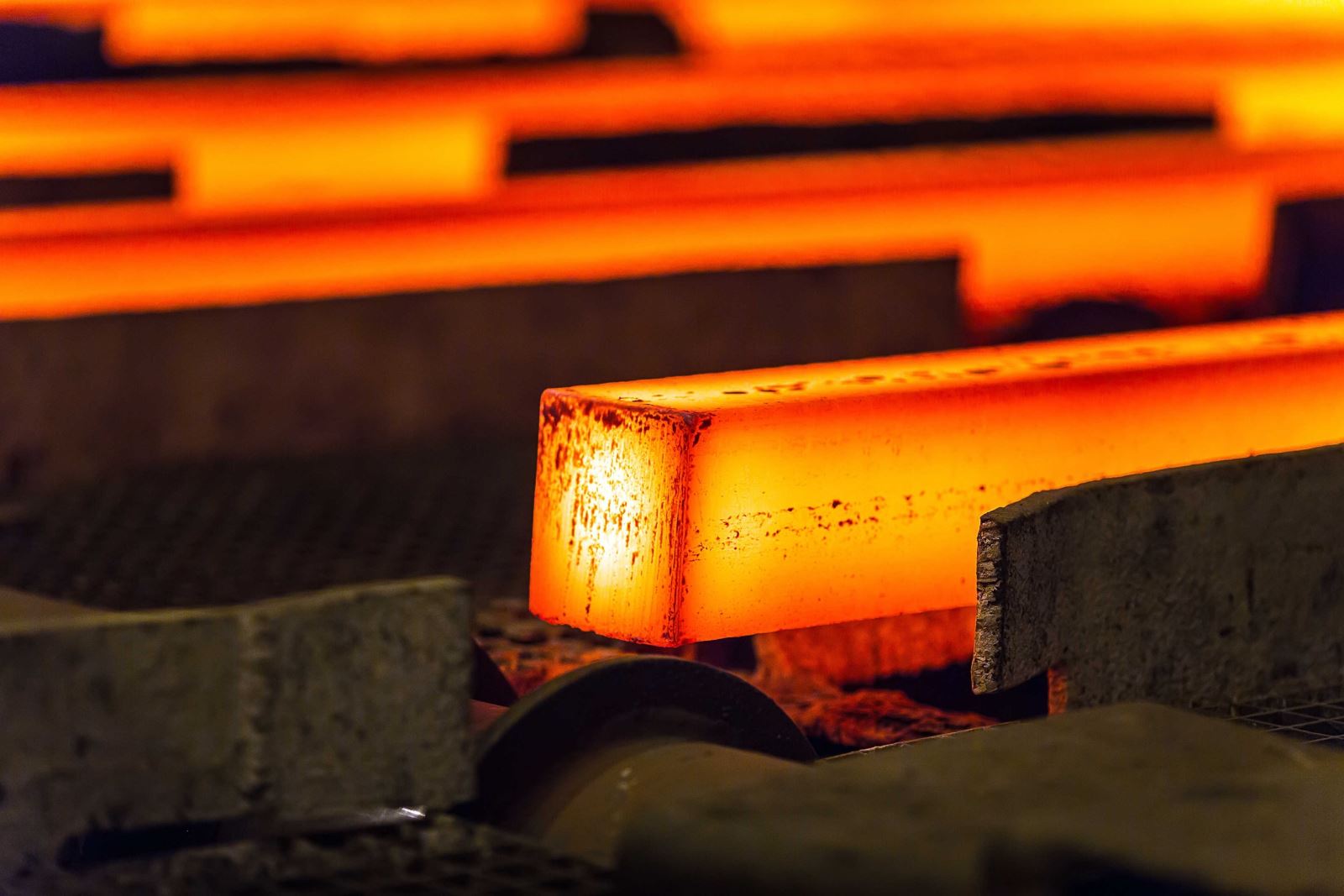
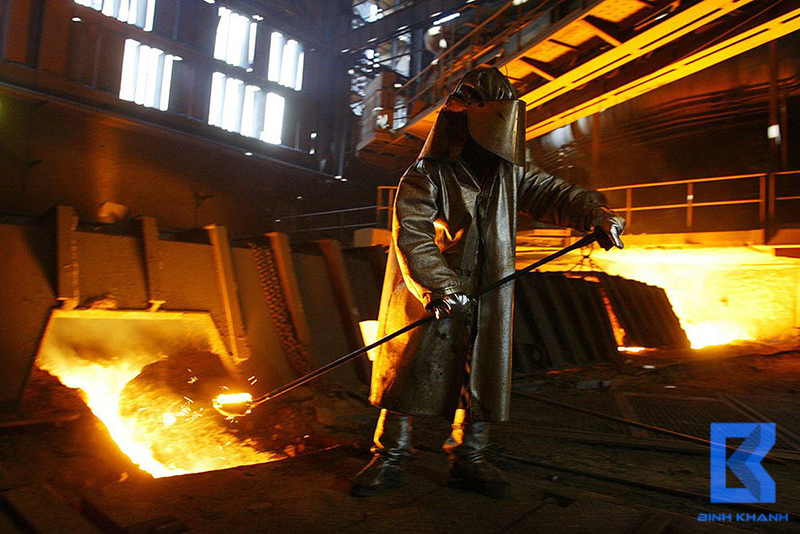
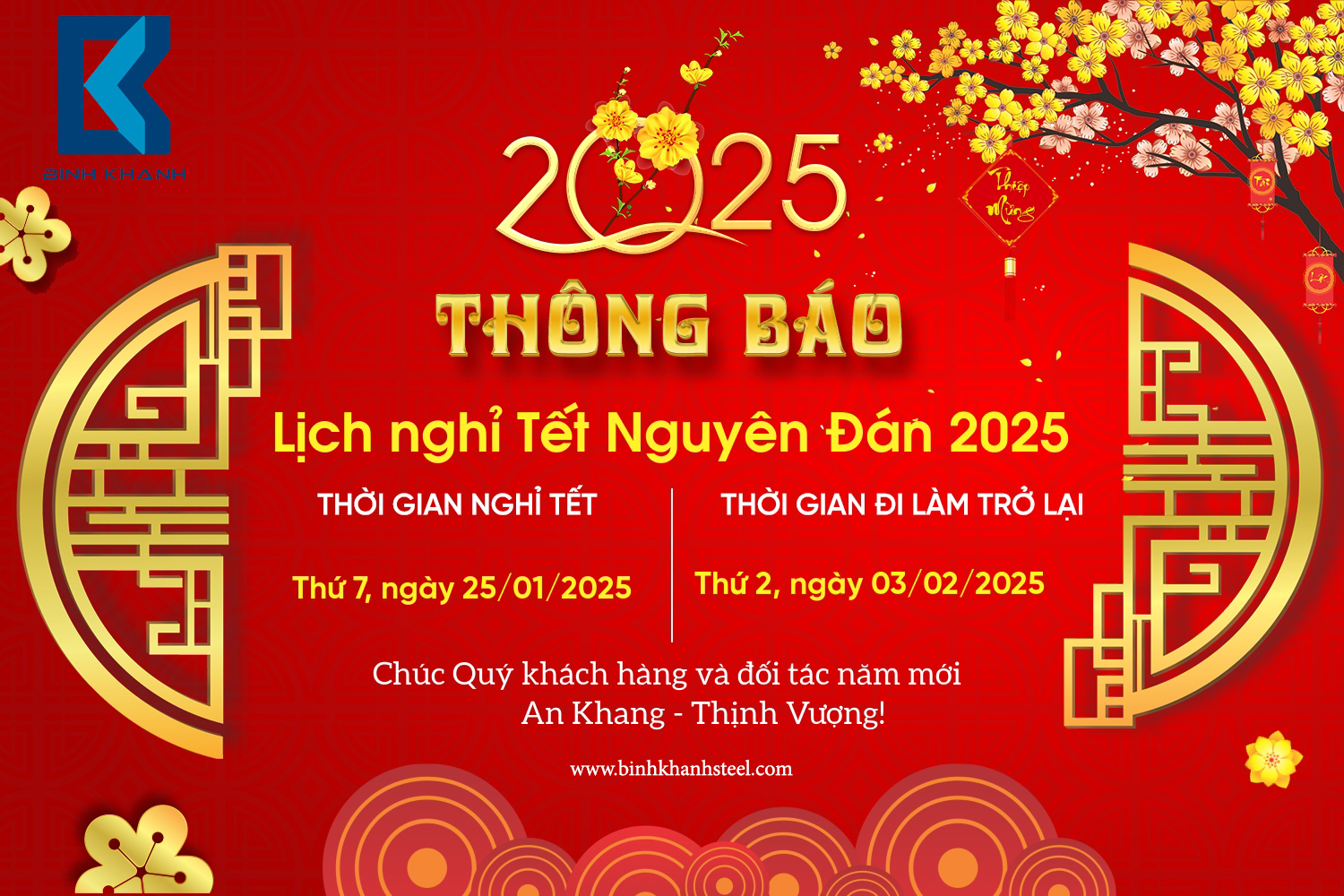
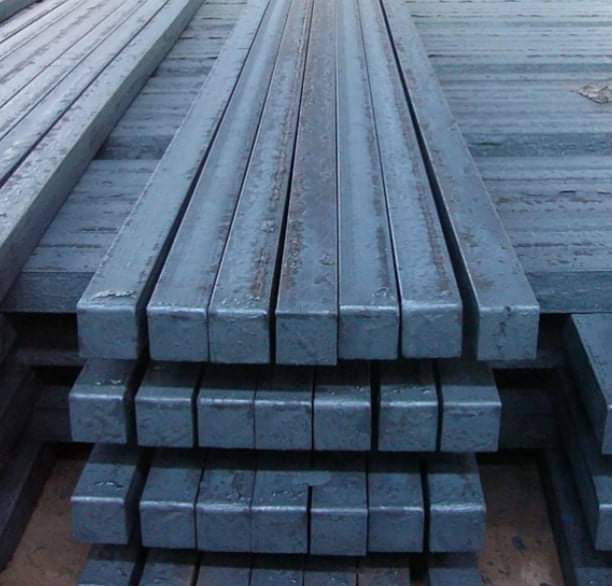
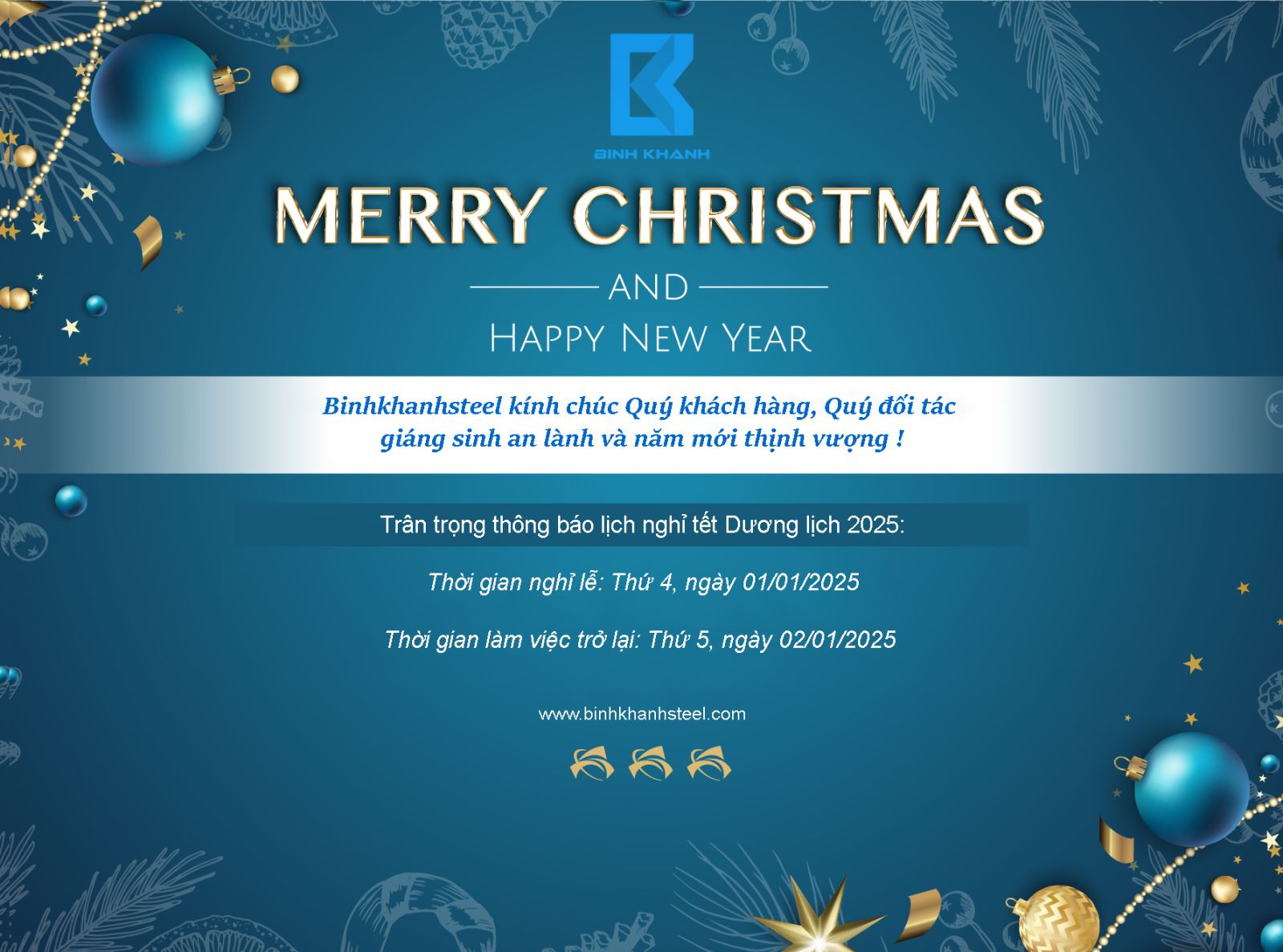
w300.jpg)
